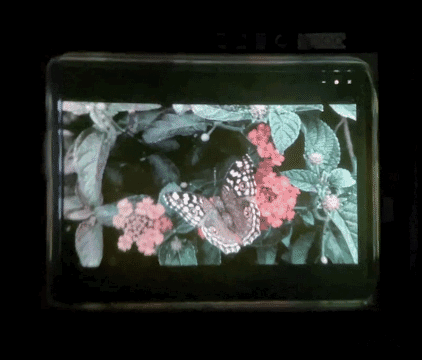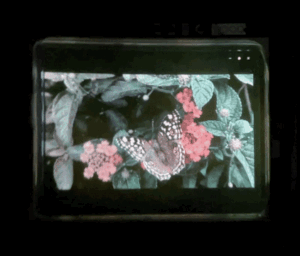Saphlux has introduced an impressive 0.39-inch full-color MicroLED display, called the T1-0.39 RGB, which is supposed to enable VR and AR manufacturers to craft outdoor-compatible, high-resolution display systems. Traditional VR and AR headsets face challenges in achieving high dynamic range (HDR) within constraints related to power consumption, thermal management, and form factor. Saphlux’s T1-0.39 RGB display prototype has exhibited a maximum white brightness of 250,000 nits and a wide color gamut to counter these challenges. The display achieved this through a novel approach referred to as NPQD.

Saphlux NPQD technology is a new type of MicroLED display technology that uses QDs to convert blue light into red and green light. This allows for more efficient and brighter displays with wider color gamuts. In Saphlux NPQD technology, the QDs are embedded in a nanopore in a GaN semiconductor material. When a blue light photon hits the QD, it is absorbed and re-emitted as a red or green photon.
This process is very efficient, with up to 67% of the blue light photons being converted into red or green photons. This is significantly higher than the efficiency of traditional MicroLED displays, which typically convert only about 20% of the blue light photons. The high efficiency of Saphlux NPQD technology allows for brighter displays with lower power consumption. This is important for AR/VR headsets, which need to be both bright and power-efficient.
In addition, the wide color gamut of Saphlux NPQD displays makes them ideal for HDR applications. HDR content requires a wide range of brightness and colors, and Saphlux NPQD displays can deliver this range with excellent fidelity.
This approach also exhibits lower thermal decay as the temperature increases. Notably, Saphlux’s technology achieves a true red vibrancy with sub-2 micron pixel pitches and around 625 nanometers red wavelength with a narrow 22nm full width half maximum (FWHM). This innovation holds promise for delivering the full potential of HDR and 100% Rec-2020 color gamut necessary for consumer displays.
A significant challenge in AR display solutions has been the limitations in red MicroLED performance. Saphlux’s NPQD technology addresses this “red problem” by enhancing the efficiency and reliability of red MicroLEDs. The company has already implemented NPQD-based red micro-LEDs in high-volume digital signage.
“Current T1-0.12 NPQD Red can deliver max brightness of 2 million nits at over 6000 ppi. Further optimization is needed to realize full potential of NPQD technology that will deliver never-before-possible brightness and unleash the AR market,” said Dr. Jie Song, VP of technology at Saphlux. “We expect to start shipping T1-0.12 Red products starting Q4 this year. The unique NPQD approach seamlessly integrates with existing high EQE blue MicroLED and CMOS manufacturing. This allows customers to either purchase Saphlux T1 or use their own blue MicroLED and coupled with Saphlux NPQD to create light engines.”

